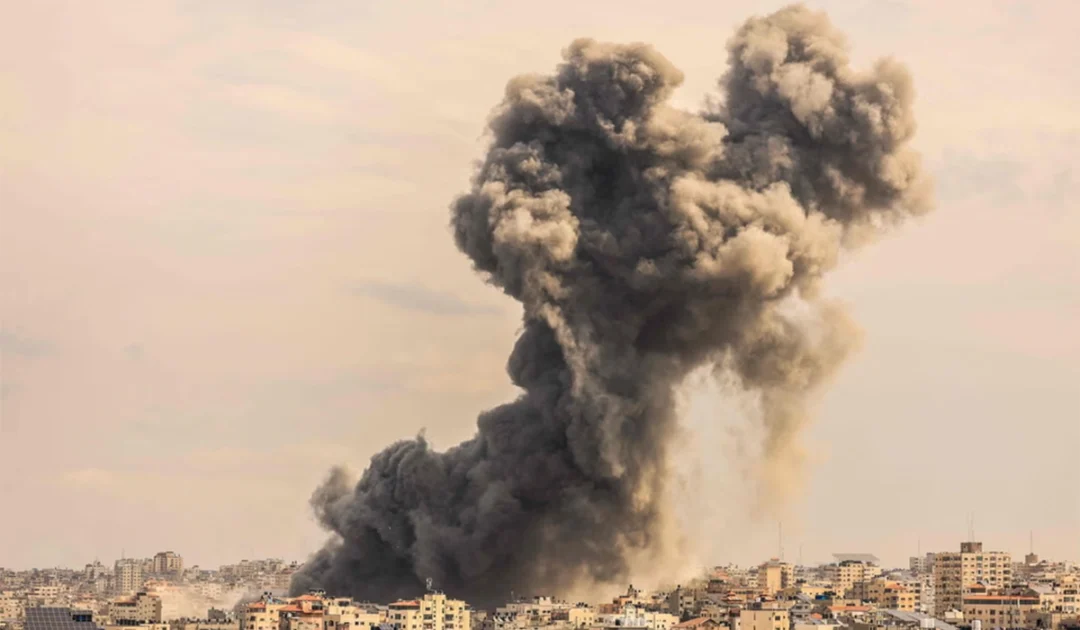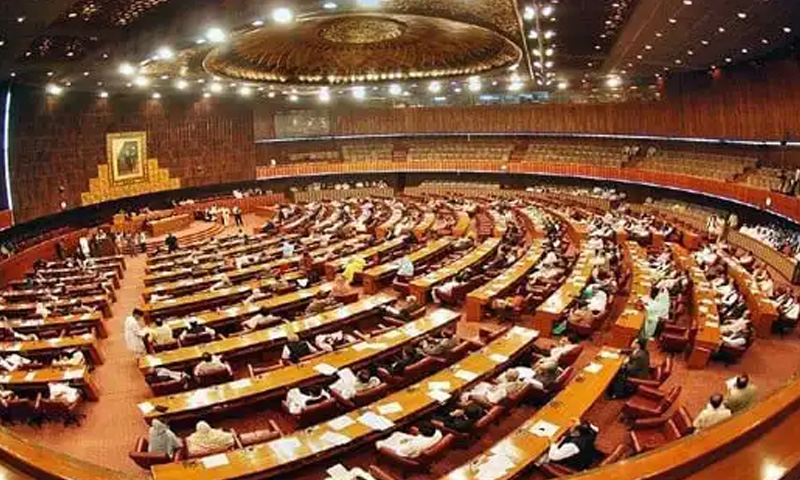- Reuters
- 15 Minutes ago
Why Pakistan’s household savings continue to decline at alarming pace?
-
- Syeda Masooma
- 2 Hours ago

KARACHI: Pakistan is facing a deepening economic challenge as domestic savings continue to decline at an alarming pace, posing a major threat to long-term, sustainable economic growth. A recent report by the State Bank of Pakistan (SBP) highlights that Pakistan’s Gross Domestic Savings (GDS) are now among the lowest in the world compared to peer economies, falling below even the median of Low-Income Countries (LICs), despite Pakistan being classified as a Lower-Middle-Income Country (LMIC).

The findings paint a grim picture of a nation struggling to build a savings culture, hindered by macroeconomic instability, low real returns, and a pervasive informal economy. “Low savings are not just a symptom of economic distress, they are also a barrier to recovery and growth,” warns the report, which draws on input from regulators, financial sector professionals, and survey data.
A VICIOUS ECONOMIC CYCLE
Experts say that high savings are crucial for a country’s development, as they fuel investments in infrastructure, technology, and human capital. Yet Pakistan has been trapped in a consumption-driven growth model for decades, with private consumption accounting for 92 per cent of GDP – one of the highest shares globally.
Meanwhile, Pakistan’s potential GDP growth has been steadily declining over the past 20 years. High inflation, low and unstable growth, and heavy fiscal deficits – with the public sector persistently dissaving – have only worsened the situation.
“Greater domestic savings reduce reliance on volatile foreign capital,” the report states. “But in Pakistan, the opposite has occurred – external borrowing has filled the gap, increasing vulnerability to global shocks.”
CULTURE, HABITS, AND STRUCTURAL BARRIERS
While economic indicators like income levels, inflation, and financial access clearly play a role, the report also delves into less-discussed factors: cultural norms and behavioral habits. According to the State Bank’s Pulse Survey on Savings 2025, most Pakistanis – even those with higher incomes – follow a “spend-first, save-later” mindset, contrary to recommended financial habits.
In many East Asian economies, high savings rates are often tied to cultural values around frugality and long-term planning. In contrast, in Pakistan, low financial literacy, poor trust in institutions, and informal economic practices dominate the savings landscape.
The report finds that low real returns on formal savings instruments have significantly discouraged the use of banks and regulated financial products in recent years. Many households perceive little incentive to park their savings in institutions that not only offer limited returns but also involve charges and bureaucratic hurdles. As a result, informal savings mechanisms – such as storing cash at home, investing in real estate, participating in rotating savings and credit associations (ROSCAs or committees), or purchasing gold, have become widespread. These practices are reinforced by a deep-seated mistrust in formal financial institutions, especially among populations with limited financial literacy or negative past experiences with the system.
A key driver behind the preference for non-financial assets is their historically superior performance. Between 2015 and 2025, gold and real estate consistently outperformed financial instruments in terms of real returns, making them more attractive to savers. In contrast, bank deposits yielded negative real returns for most of this period, with only occasional marginal gains. While some savers also view foreign currencies, particularly the US dollar, as a store of value, real returns from USD-denominated savings were also negative over the same period. This suggests that the inclination toward USD and cash may be driven less by sound investment rationale and more by short-term motives such as speculation, hoarding, or evading taxes.
Demographic and social factors further complicate the savings landscape. A high youth dependency ratio and elevated fertility rates place added financial pressure on households, leaving limited room for savings after meeting basic consumption needs. However, joint family structures–where multiple members contribute to household income–have somewhat mitigated this effect by enabling higher aggregate savings at the family level. Still, the broader national demographic trends act as a drag on the overall savings rate.
Moreover, challenges in financial inclusion continue to hinder the expansion of formal savings. Many people, especially women and those in rural areas, face physical and systemic barriers in accessing financial services. According to the SBP’s Pulse Survey on Savings (2025), 45 per cent of non-financial savers found it easier and more convenient to save in cash, gold, or property, citing the costs and complexities associated with financial institutions. A significant portion, around 34 per cent, expressed a lack of trust in the financial system as their primary reason for avoiding formal savings channels. This highlights the critical need to improve both financial literacy and institutional credibility if broader participation in the formal financial sector is to be achieved.
While recent improvements in bank deposit returns have helped draw some savings back into the formal banking system, evidenced by a decline in currency-in-circulation, the dominance of non-financial savings avenues remains a structural issue. Addressing this will require a multifaceted strategy that not only improves the returns and accessibility of financial products but also rebuilds public trust through transparency, inclusion, and education.
A CALL FOR STRUCTURAL REFORM
The analysis underscores the need for wide-ranging reforms to reverse the trend. These include:
- Improving macroeconomic stability to build investor and consumer confidence.
- Enhancing real returns on savings and broadening access to financial services.
- Promoting financial literacy and a cultural shift toward proactive saving habits.
- Reforming public sector finances to stop dissaving at the government level.
Perhaps most critically, the report suggests that policy alone cannot drive savings. A coordinated strategy involving education, institutional reform, and cultural change is essential.
THE BOTTOM LINE
With average household spending on food still at 36 per cent and poverty hovering near 44 per cent in recent years, most families in Pakistan simply do not have the capacity to save – even if they wanted to. But without a clear roadmap to boost national savings, the country risks falling into a deeper economic rut.
In a globalised world increasingly shaped by uncertainty, Pakistan’s ability to generate its own capital for growth is no longer a luxury – it is a necessity.





